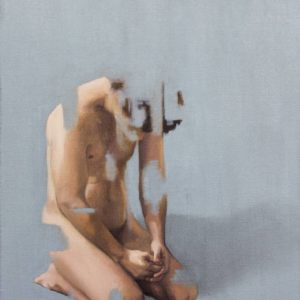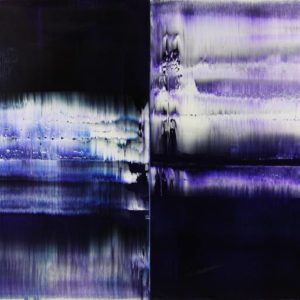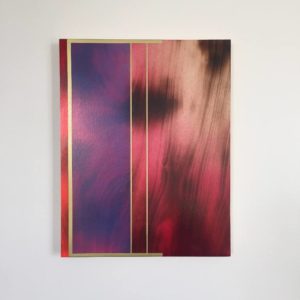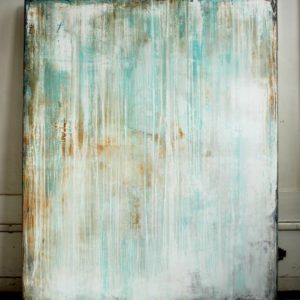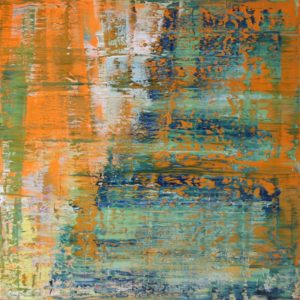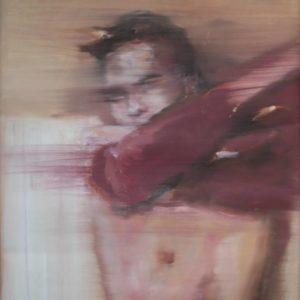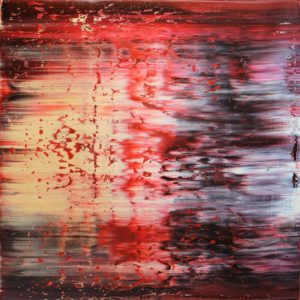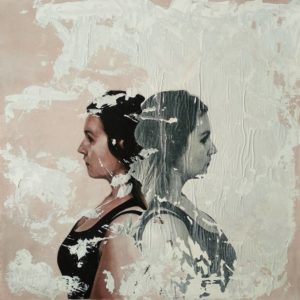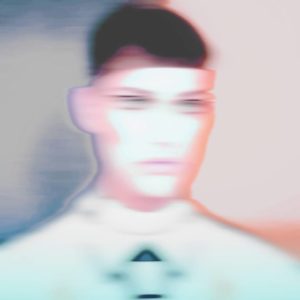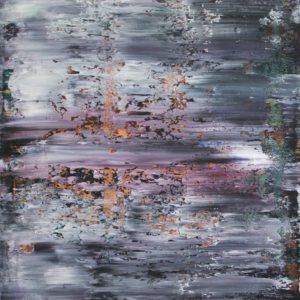Art History 101
The Innovation of Gerhard Richter
Celebrated contemporary painter, Gerhard Richter, has been called by some “the world’s greatest living painter.” This prestigious title is awarded not only for the high prices his paintings fetch at auction, but also for his intense dedication to his medium over the six decades of his career. Partially influenced by the changing art movements he has lived over the years, Richter has developed a unique and yet incredibly versatile style which despite all odds, has kept the art of painting alive and relevant in the face of contemporary media.
In celebration of Richter, read on to learn more about his life and work.
Early Life and Training
Gerhard Richter was born February 9, 1932 in Dresden, Germany, at the height of the Third Reich. His family left Dresden for the town of Reichenau in 1935, and later moved to the small village of Waltersdorf. Though Waltersdorf was spared the devastation of bombing that destroyed Dresden, Richter’s life was heavily influenced by the war and the following years he spent in postwar East Germany.
Richter began to pursue art shortly after the war ended. He took a job as a sign painter, and later as an assistant set painter for a theater in Zittau. In 1951, Richter returned to Dresden to study art at the Kunstakademie there. Located in communist-ruled East Germany, artists training in Dresden were trained in Socialist Realist art, a realistic style of art that promoted and celebrated communist values. Richter was fortunate to travel to West Germany a number of times during his training in Dresden. Through these travels, he was exposed to the work of Jackson Pollock and other postmodern artists, and he began to question the limits of the Socialist Realist style. He found Socialist Realism limiting, and yearned instead to pursue the energy and freedom he observed in his Western contemporaries. In March of 1961, Richter and his wife escaped to West Germany and declared themselves refugees. Richter began studying at the Kunstakademie in Düsseldorf in an effort to better familiarize himself with and enter into the western art world.
An Eclectic Career
From his blurred photo-paintings to his colorful abstract paintings, Gerhard Richter has never fully conformed to any twentieth century art movement. In his lengthy career, which has lasted over six decades, Richter has dabbled in realism, abstraction, sculptural installations, and even digital media. Working alongside the many different movements of postmodern art – from Abstract Expressionism to Conceptual Art – Richter has adopted aspects of their various ideologies while maintaining his own, individual style. Key components of his artistic oeuvre are the tensions between realism and abstraction and the inherent qualities of his medium of choice: painting. This devotion to his style, the sheer number of works he has produced, and the success he has enjoyed over the incredible length of his career all contribute to his recognition as one of the greatest and most influential artists of the 20th and 21st centuries.
Photo-Paintings and Overpainted Photographs
In the 1960s, Richter began creating his iconic photo-paintings– a style which he has repeatedly returned to throughout his career. Drawing from a collection of photographs that he added to throughout his life—from news clippings to family photos—Richter projected and traced the images onto a canvas. In the process of recreating the photos he blurred the images, leaving the subjects unidentifiable. In this process, Richter considers the nature and significance of the photograph and its subject. He said, “I blur things to make everything equally important and equally unimportant.”
Two decades later, Richter started applying paint directly to photographs, using remnants of paint from other projects. Of this process he said, “The problem is now that all of nature, everything, is captured in photographs, so there is nothing to paint. This, for me, puts some fantasy back into it.”
Color Charts
Inspired by sample paint chips, Ricther began painting grids of colored rectangles and squares on white backgrounds in 1966. Drawing some influence from Pop Art, his Colour Chart series paintings are based on the three primary colors: red, yellow, and blue. Rather than exploring composition or aesthetics, Richter’s Color Chart paintings systematically consider the range of colors and tones that can be achieved by mixing three primary colors. After a brief departure from the series, Richter revisited his Colour Charts again in the 1970s.
Abstracts
Richter’s abstracts are perhaps his most recognizable body of work. Richter began experimenting with abstraction in the 1960s, but embraced it beginning in the 1970s. In 1976 he titled one of his works, Abstract Painting, and continued to use this title for many of his abstracted works. The absence of a title denies the viewer any context with which to interpret the painting. Instead, Richter’s intent is for the viewer to dissect the painting based solely on the merits of the paint itself.
Glass works
Though Richter’s earliest glass work, Four Panes of Glass, debuted in 1967, it is a medium he started using more frequently in the 1990s. Some of his glass works are more sculptural, reflecting light and their surroundings across differently angled panes. Other works are paintings on glass, created by pouring the paint onto a flat surface, pressing the glass to the surface, and lifting it off. In 2007, Richter unveiled his stained glass window for the south transept of Cologne Cathedral. Made of over 11,000 sqares of glass in 72 colors, the work is reminiscent of his early Color Chart paintings.Today, Gerhard Richter is considered one of the most expensive living artists. In February 2015, his painting Abstraktes Bild (1986) sold at Sotheby’s London for over $46 million, the second highest price paid for any living artist at auction. Working in an era when painting was considered a dying medium, Richter remained true to his art and refused to conform to the flashier styles and media of his contemporaries. His work is held in collections of major institutions worldwide, and he has held retrospective exhibitions at museums like the Museum of Contemporary Art in Chicago and the Metropolitan Museum of Art in New York City. In his over sixty-year career, Richter has produced hundreds of works of art and continues to experiment and produce stunning images today.
Want to see Gerhard Ricther in action? Check out this video of the artist working on some of his abstract paintings:
Love reading about all things art? You can have articles from Canvas, curated collections, and stories about emerging artists delivered straight to your inbox. Sign up for the Saatchi Art Newsletter.


